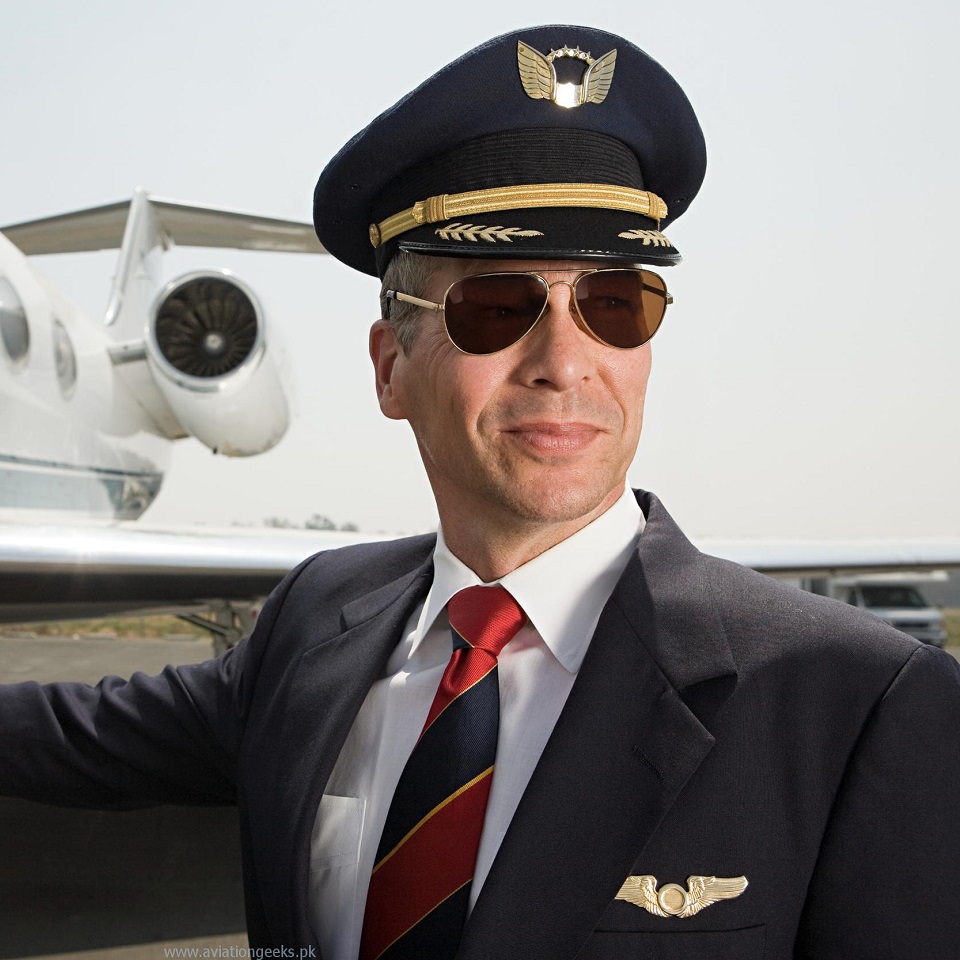Commercial Pilot Training


Pilot Training Eligibility :
10+2 or its equivalent with a minimum of 50 percent marks in mathematics and physics.
At least 16 years of age to start pilot training.
Vision in one eye must be perfect. (6/6 eyesight) In the other eye, you could have an imperfection of 6/9, which must be correctable to 6/6.
You must be free of any disease that can hamper normal function.
Ground Training :
Air Regulations
Aircraft Act, 1934 – Chapter I, Section Short title and extent, definitions, power to detain aircraft, penalty for act in contravention of rules made under the act, penalty for flying so as to cause danger;
Aircraft Rules, 1937;
rules of the air;
appropriate air traffic services practices and procedures.
Aircraft General Knowledge
Principles of operation and functioning of aeroplane power plants, systems and instruments;
Perating limitations of appropriate aeroplanes and power plants; relevant operational information from the flight manual or other appropriate document;
Use and serviceability checks of equipment and systems of appropriate aeroplanes;
Maintenance procedures for airframes, systems and power plants of appropriate aeroplanes
Flight Performance and Planning
Effects of loading and mass distribution on aeroplane handling, flight characteristics and performance; mass and balance calculations;
Use and practical application of take-off, landing and other performance data;
Pre-flight and en-route flight planning appropriate to operations under VFR; preparation and filing of air traffic services flight plans; appropriate air traffic service procedures, position reporting procedures; altimeter setting procedures; operations in areas of high density traffic;
Human Performance and Limitations
Human performance and limitations relevant to the commercial pilot- aeroplanes;
Aviation Meteorology
A Interpretation and application of aeronautical meteorological reports, charts and forecasts, use of, and procedures for obtaining, meteorological information, pre-flight and in-flight; altimetry;
Aeronautical meteorology; climatology of relevant areas in respect of the elements having an effect upon aviation; the movement of pressure systems, the structure of fronts and the origin and characteristics of significant weather phenomenon which affect take-off, en-route and landing conditions; hazardous weather avoidance;
Air Navigation
Air navigation, including the use of aeronautical charts, instruments and navigation aids; an understanding of the principles and characteristics of appropriate navigation systems; operation of airborne equipment; practical aspects of air navigation and dead reckoning techniques;
Practical air navigation using radio navigation aids;
Use, accuracy and reliability of navigation systems used in departure enroute, approach and landing phases of flight; identification of radio navigation aids;
Operational Procedures
Use of aeronautical documentation such as AIP, NOTAM, aeronautical codes, abbreviations and instrument procedure charts for departure, enroute, descent and approach;
Appropriate precautionary and emergency procedures; safety practices associated with flight under IFR;
Action to be taken to avoid hazardous weather, wake turbulence and other operating hazards;
Principles of Flight:
Principles of flight relating to aeroplanes.
Radio Telephony
Radiotelephony procedures and phraseology as applied to VFR and IFR operations; action to be taken in case of communication failure;
FLYING TRAINING
The Candidate has to complete 200 Hours (Two hundred hours) of flight time preceding the date of application for licence. This flight time includes:
(i) One hundred hours of flight time as Pilot-in-Command.
(ii) Twenty hours of cross-country flight time as Pilot-in-Command.
(iii) Ten hours of instrument time.
(iv) Five hours of flight time by night.
Address :
C – 401, Second floor, Dev Plaza,
Ramphal Chowk. sec – 7, New Delhi,
Delhi 110075
